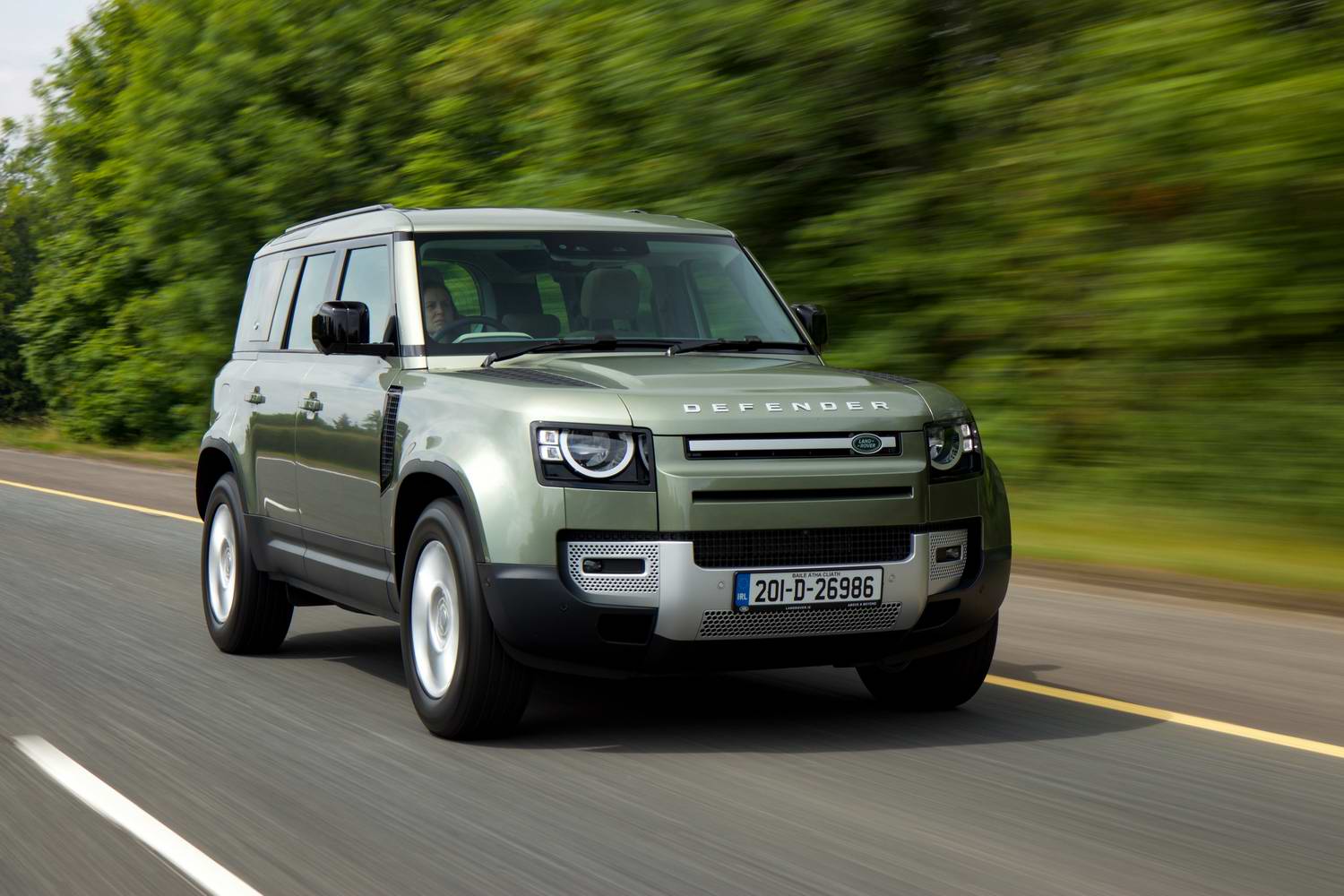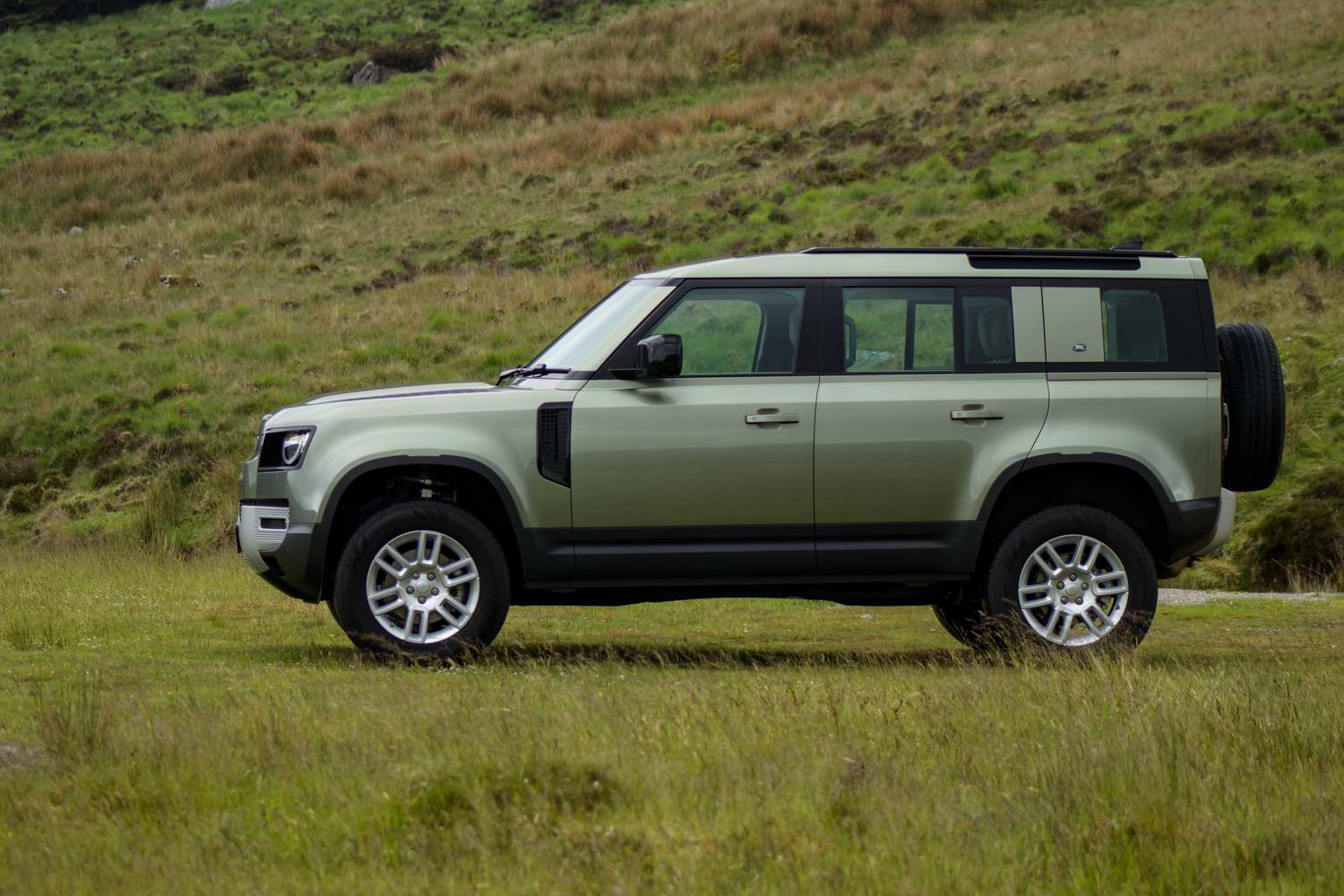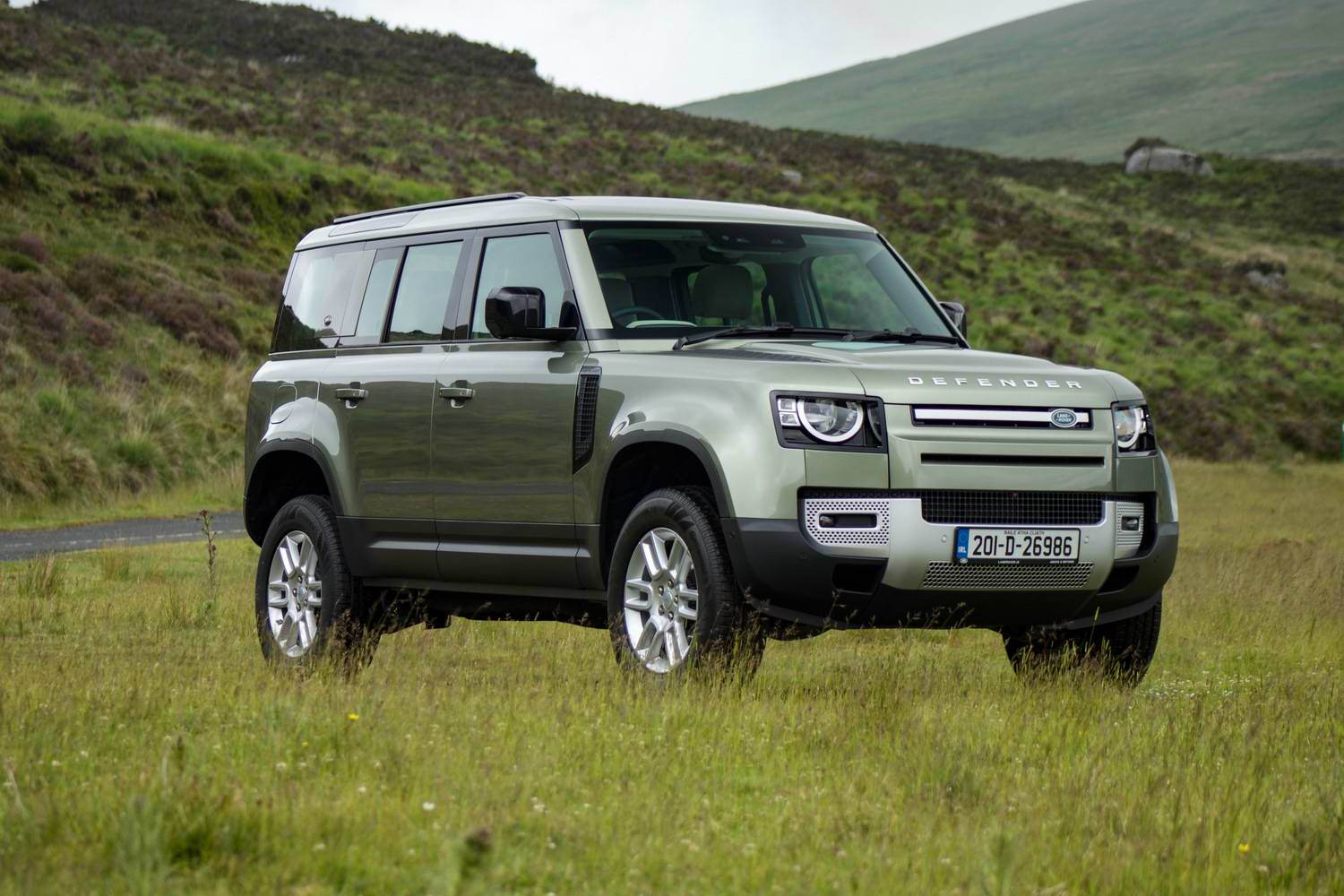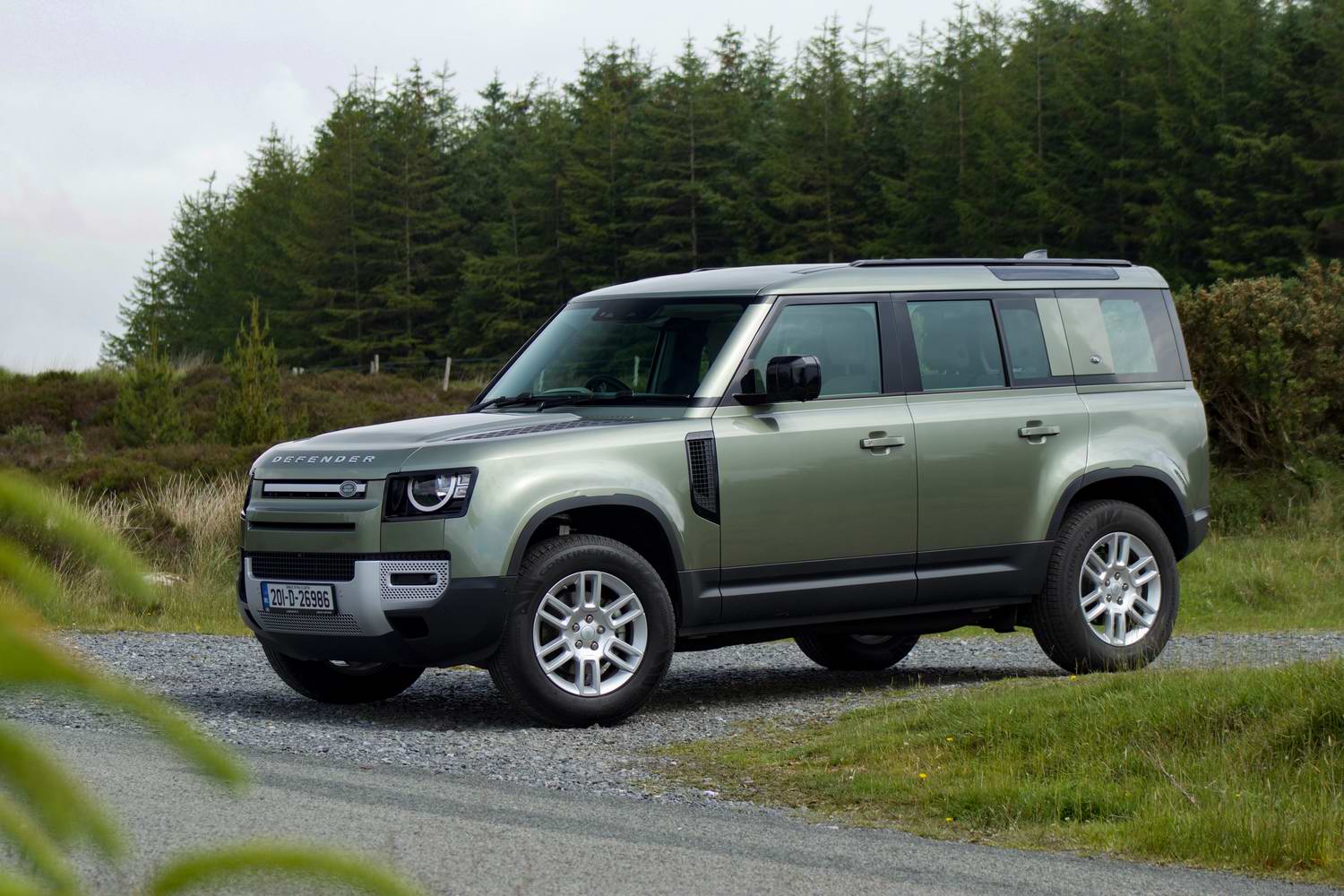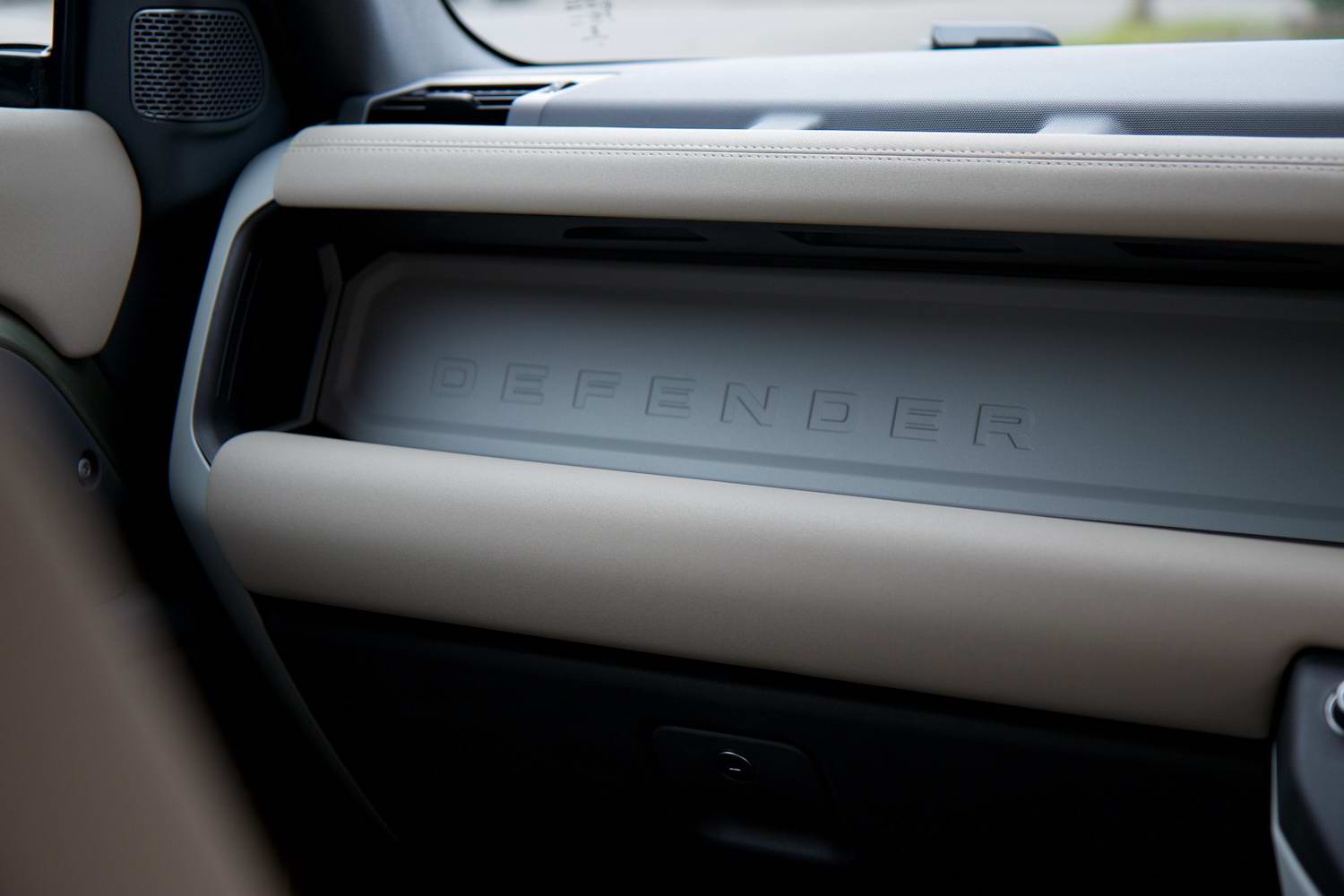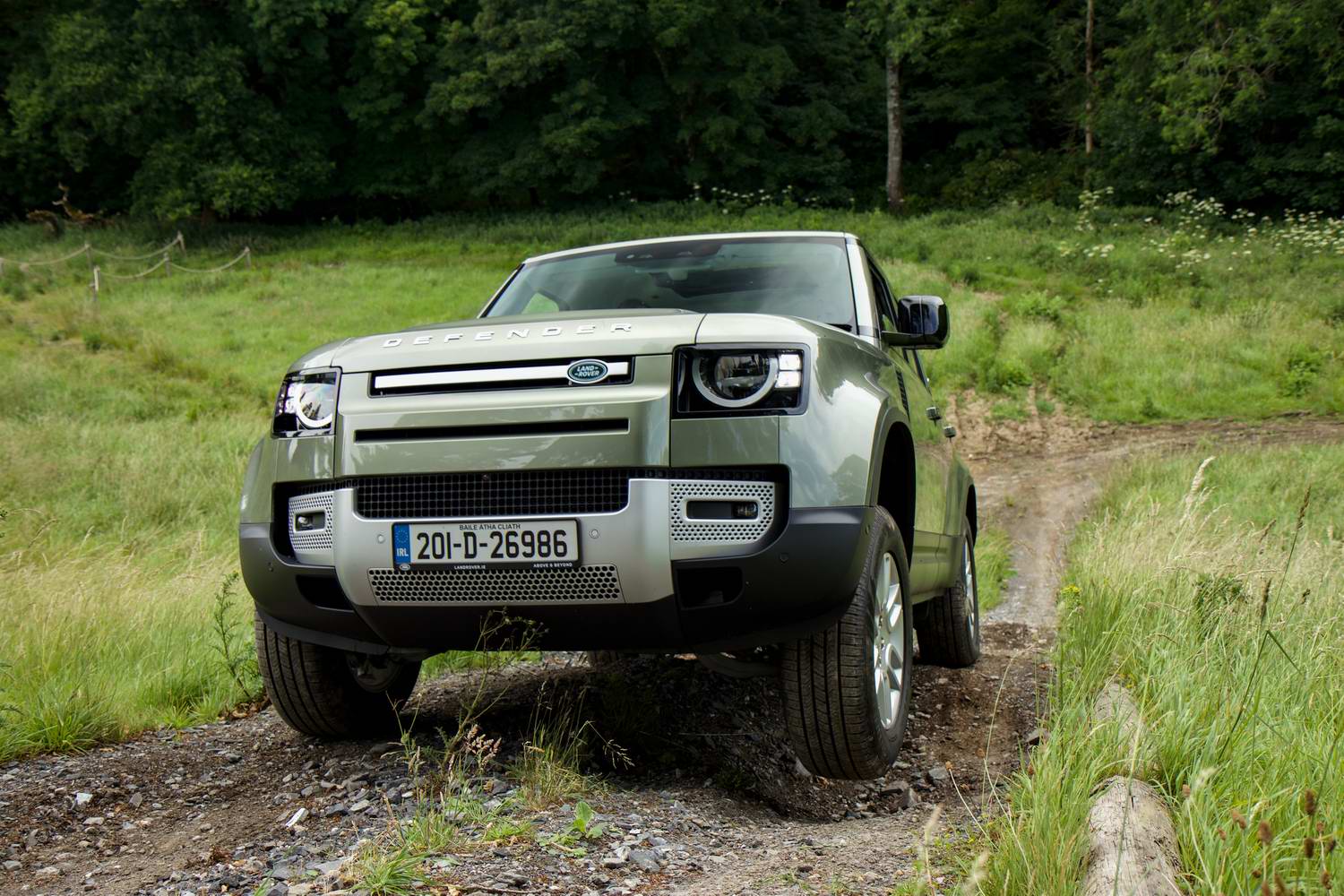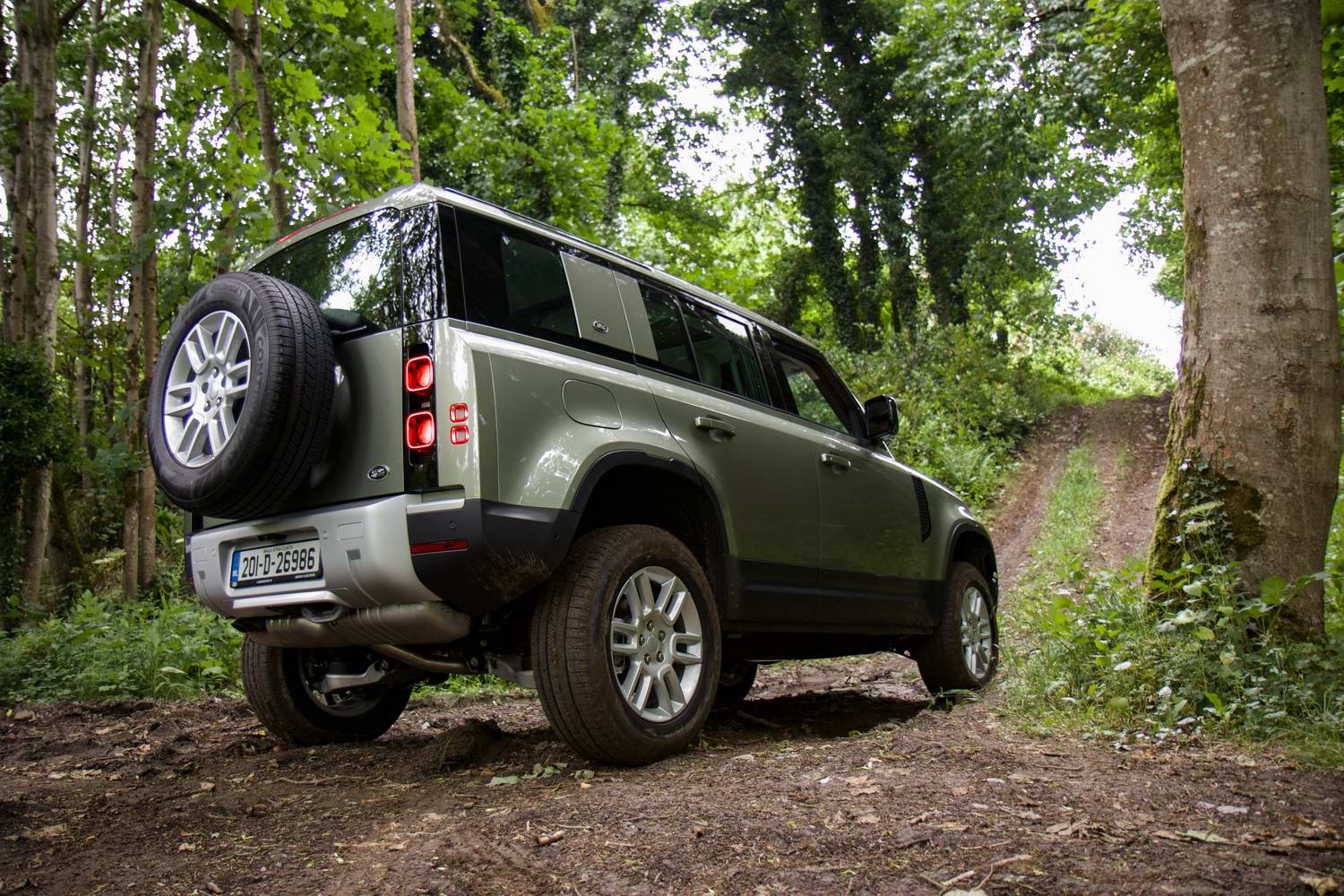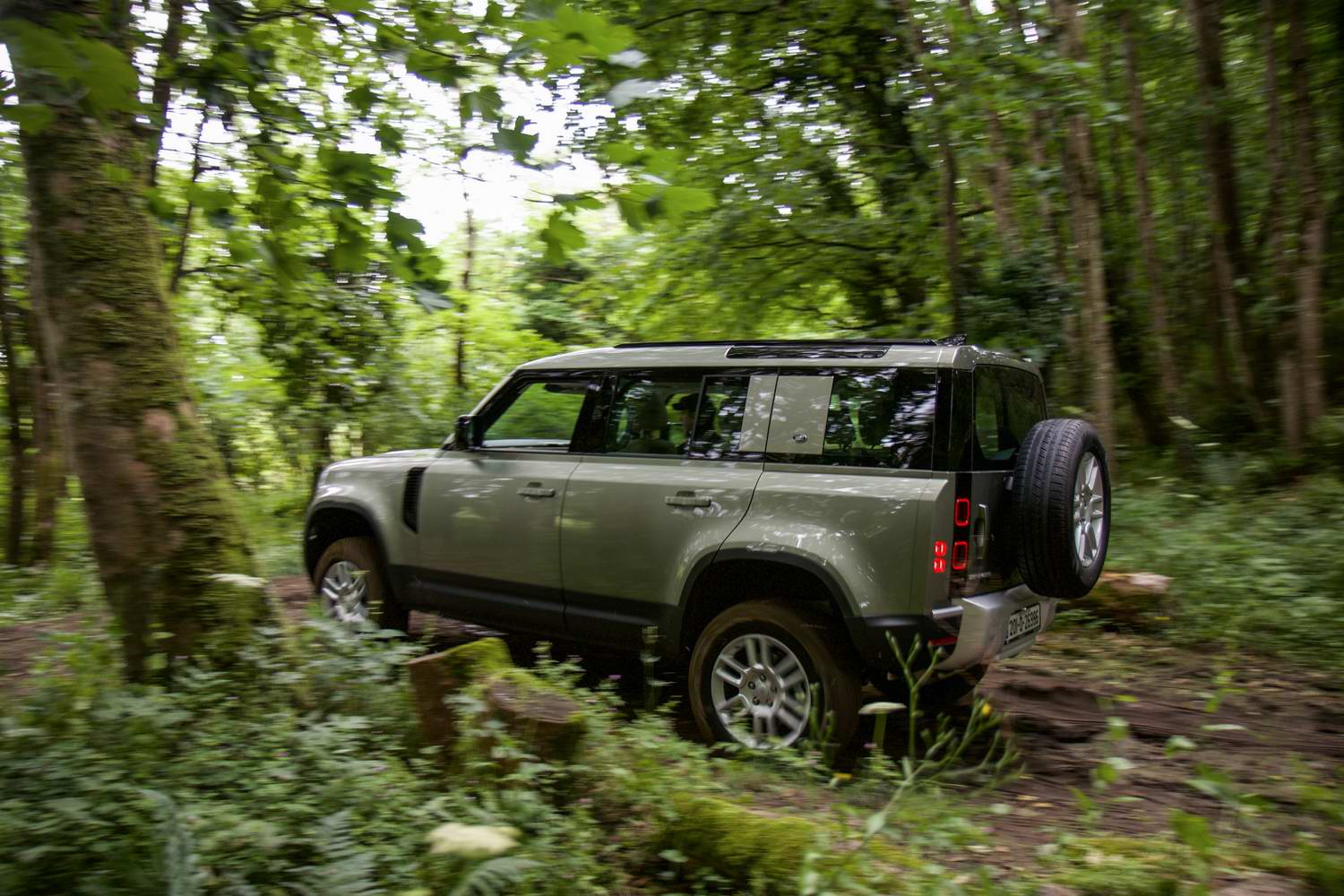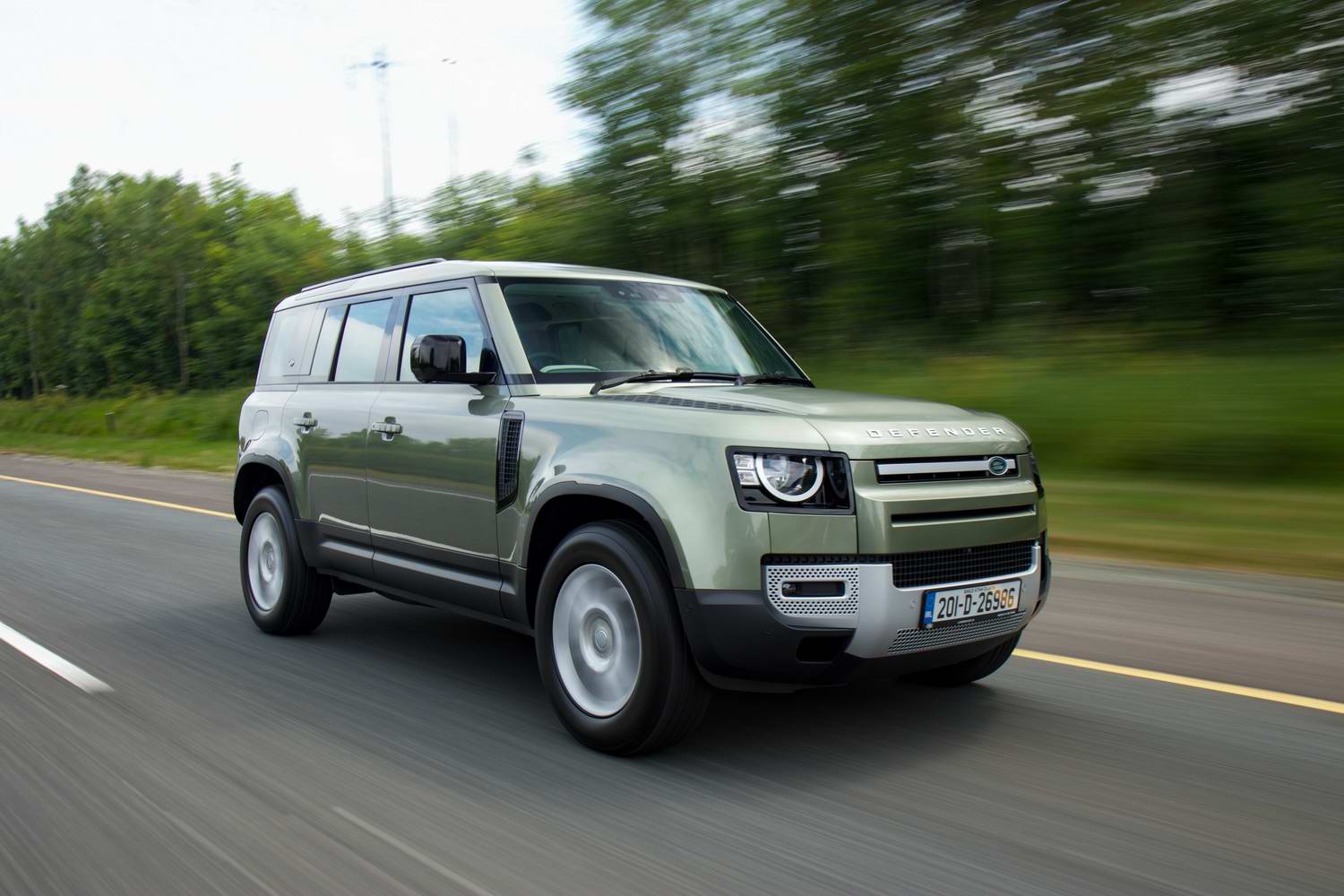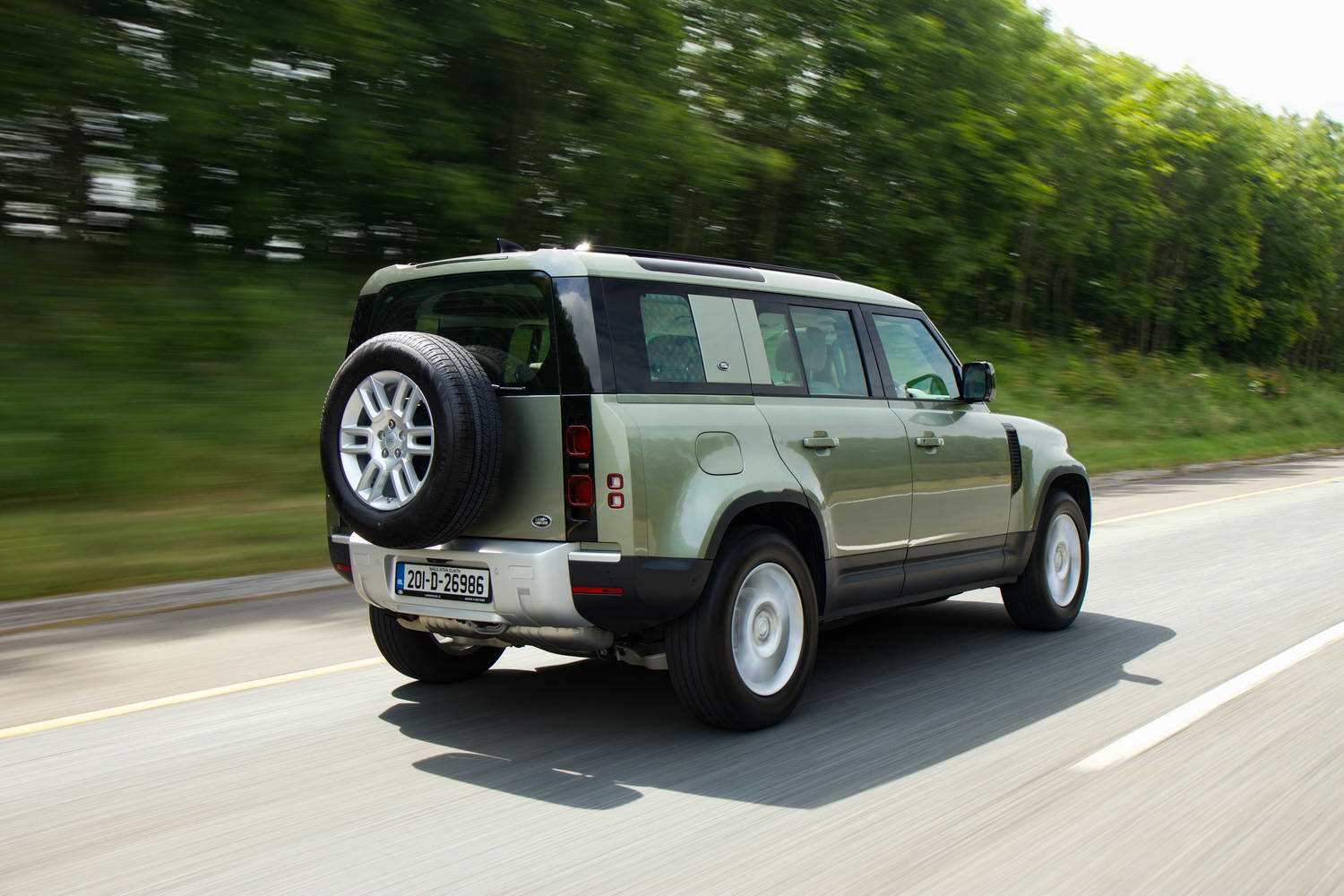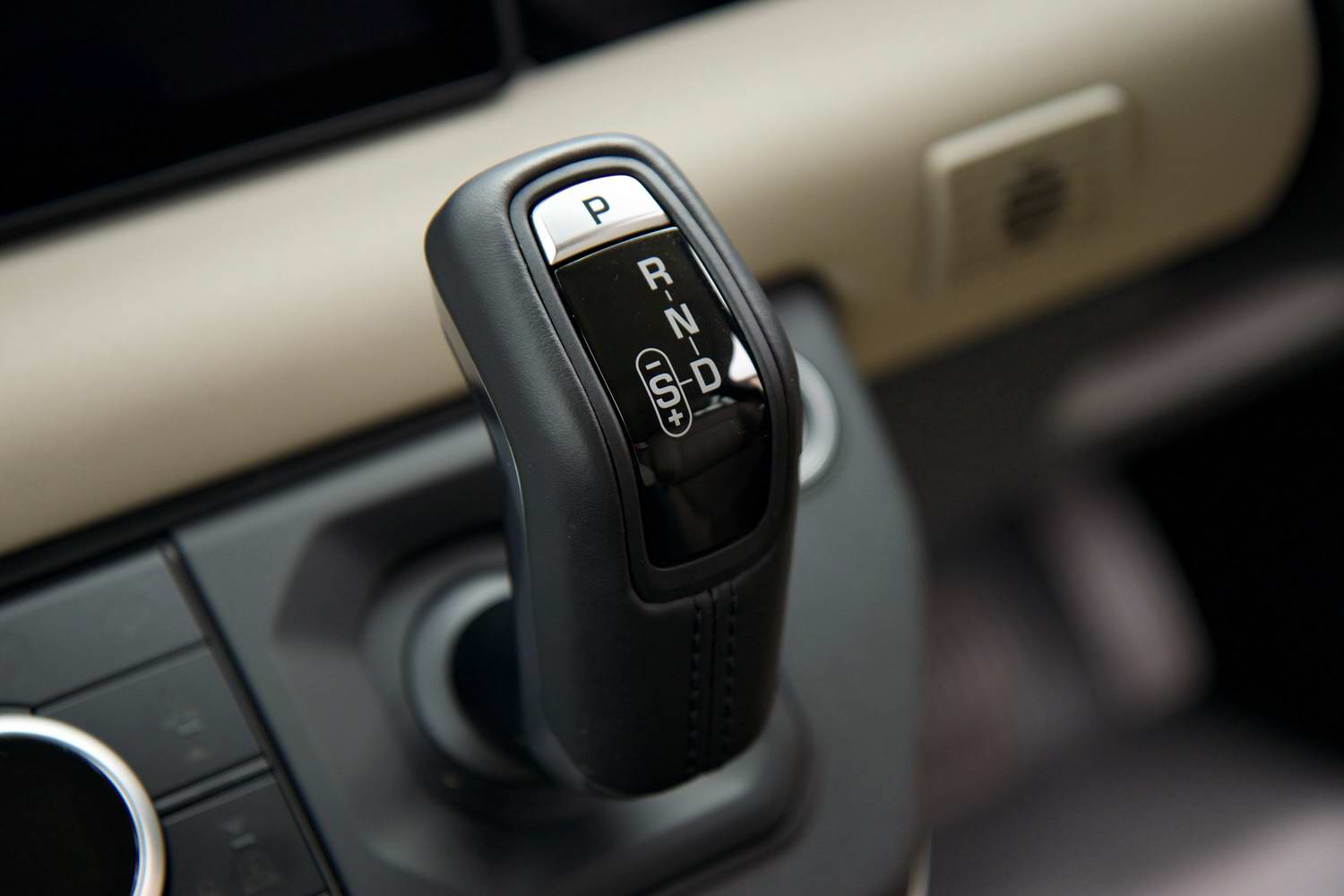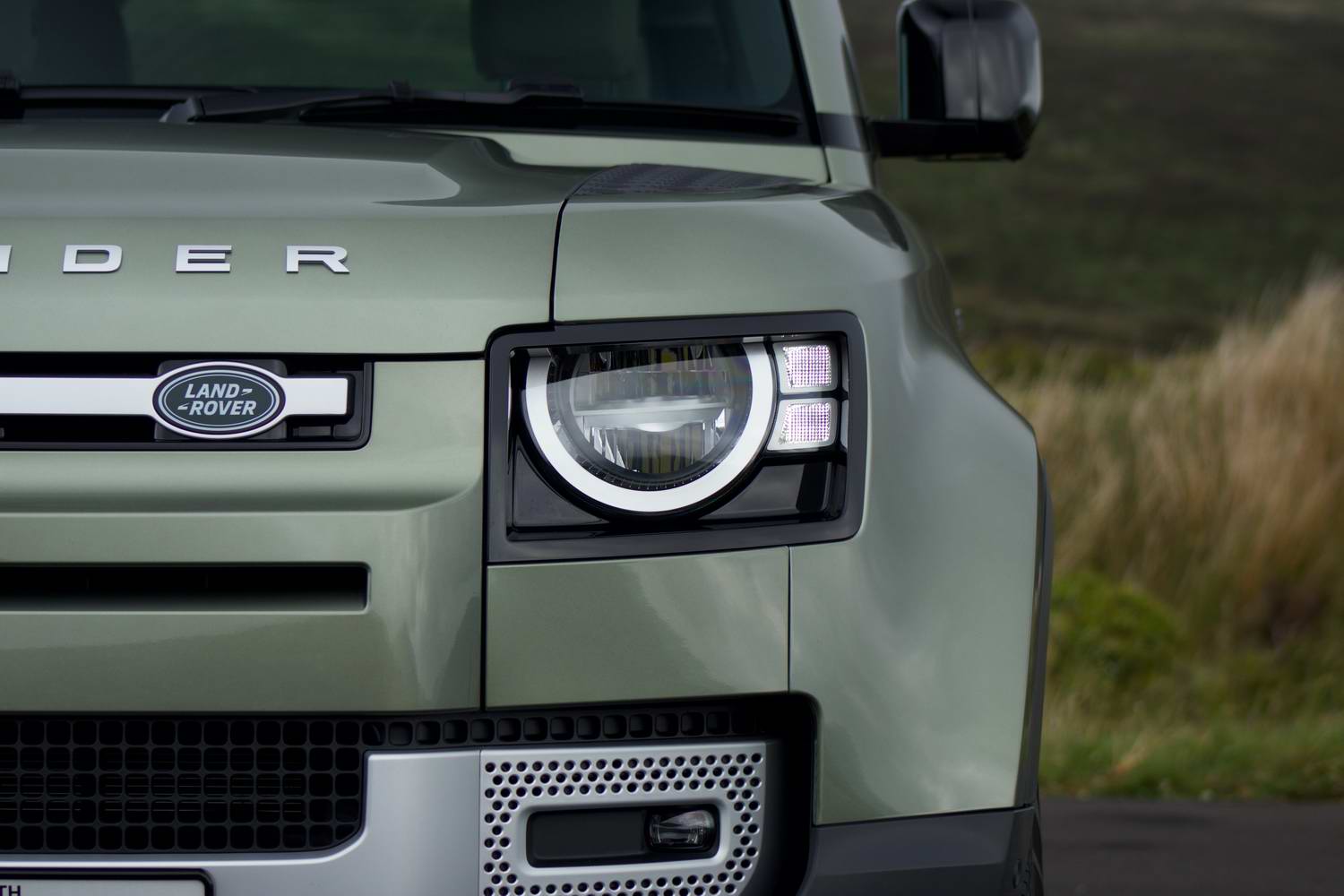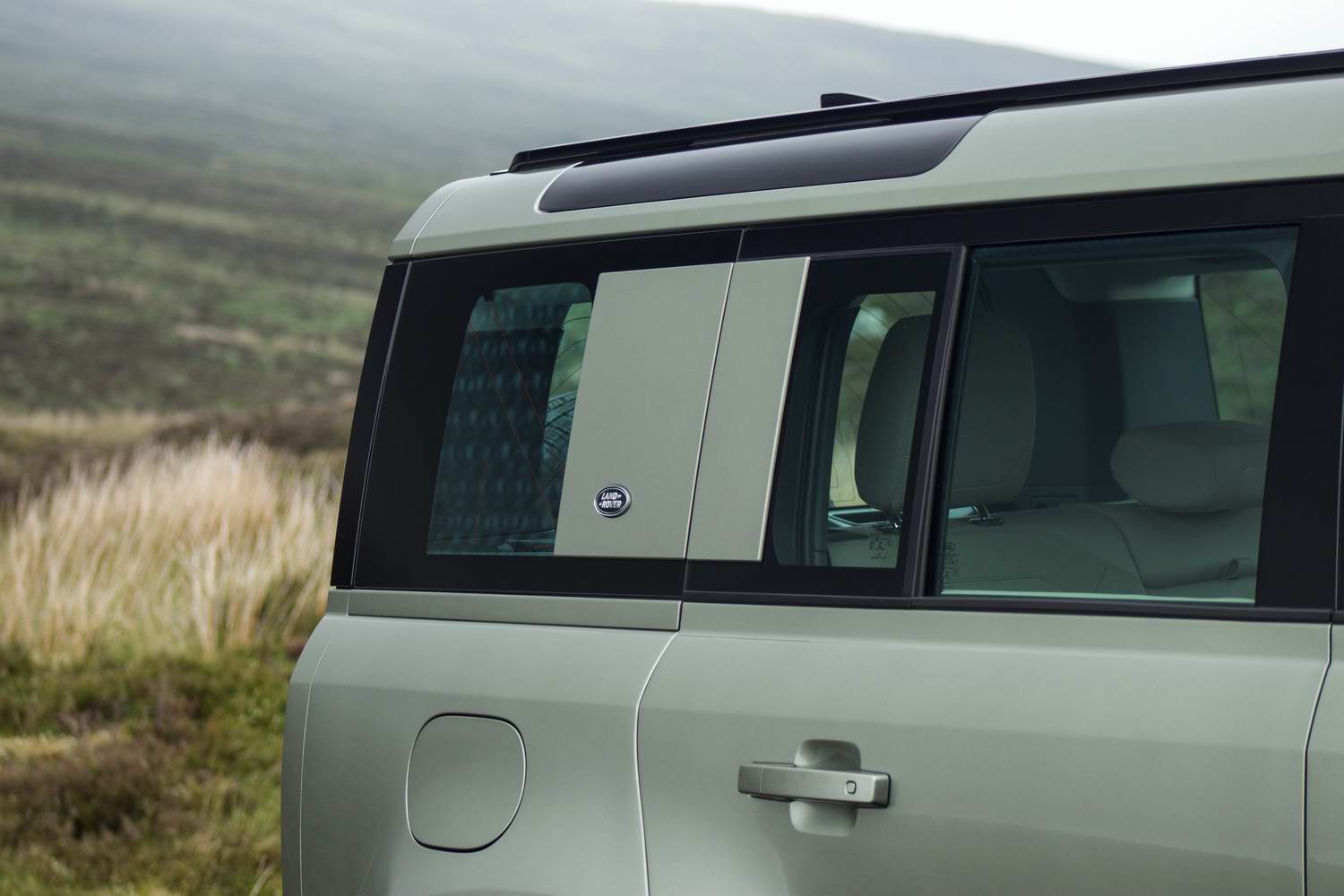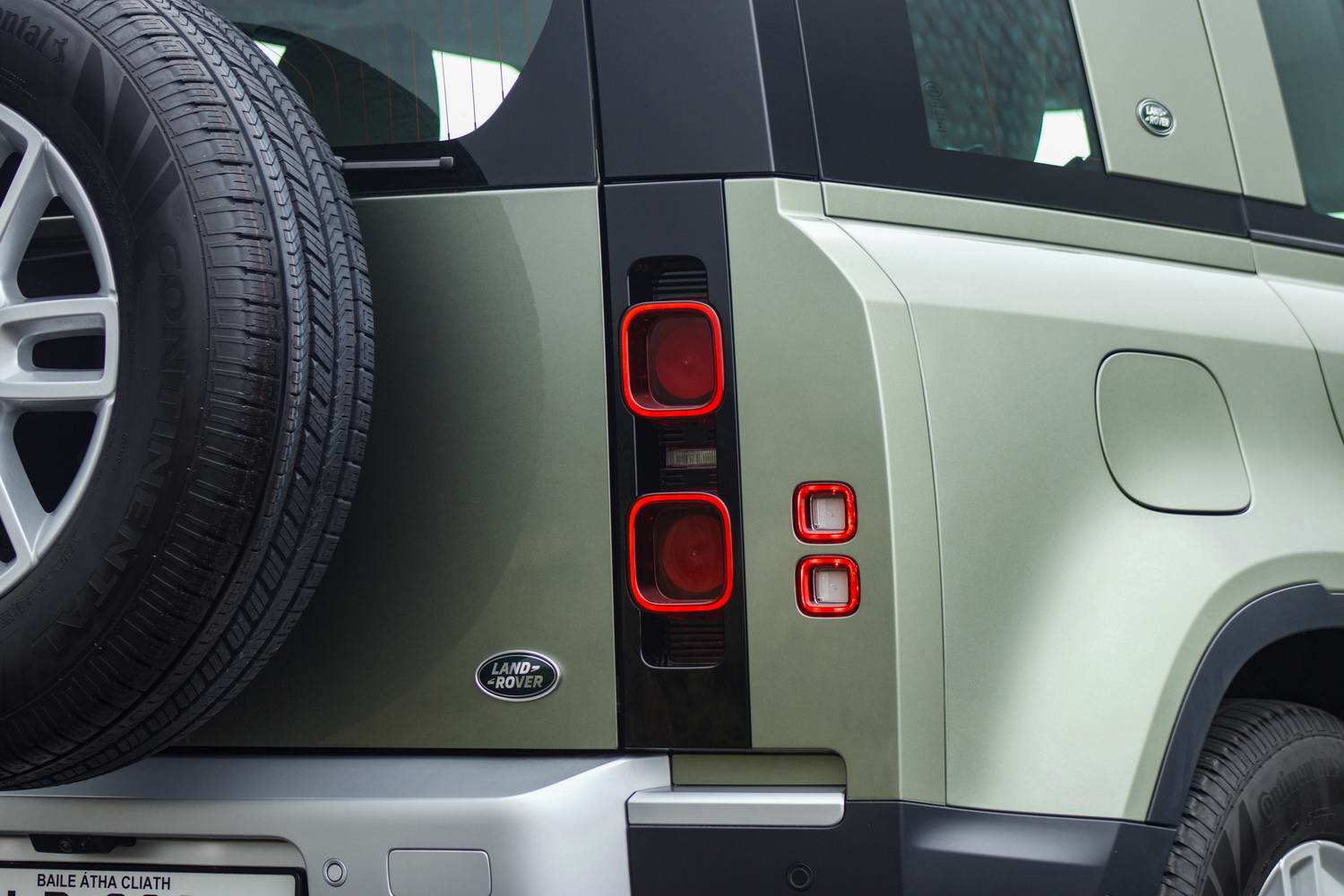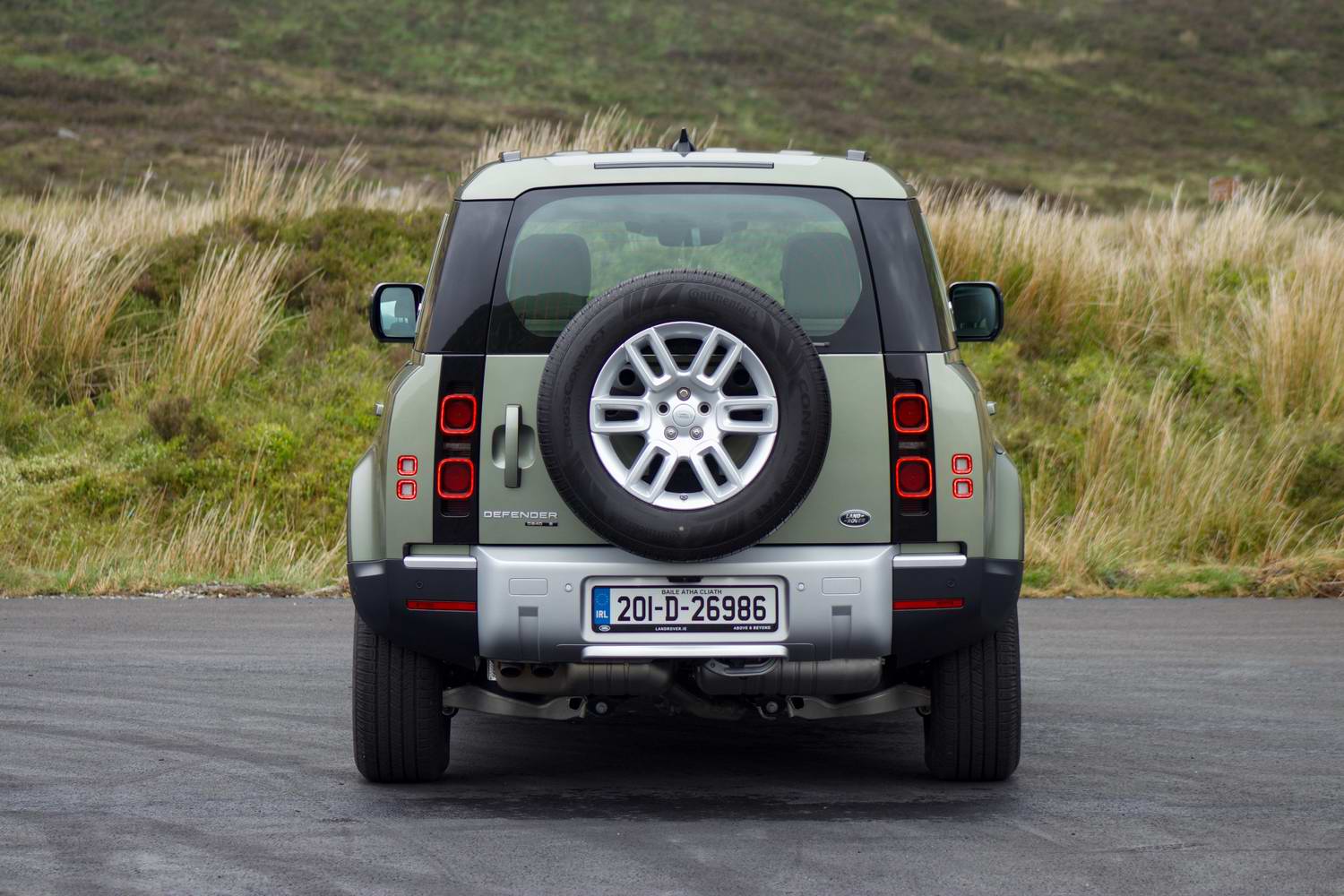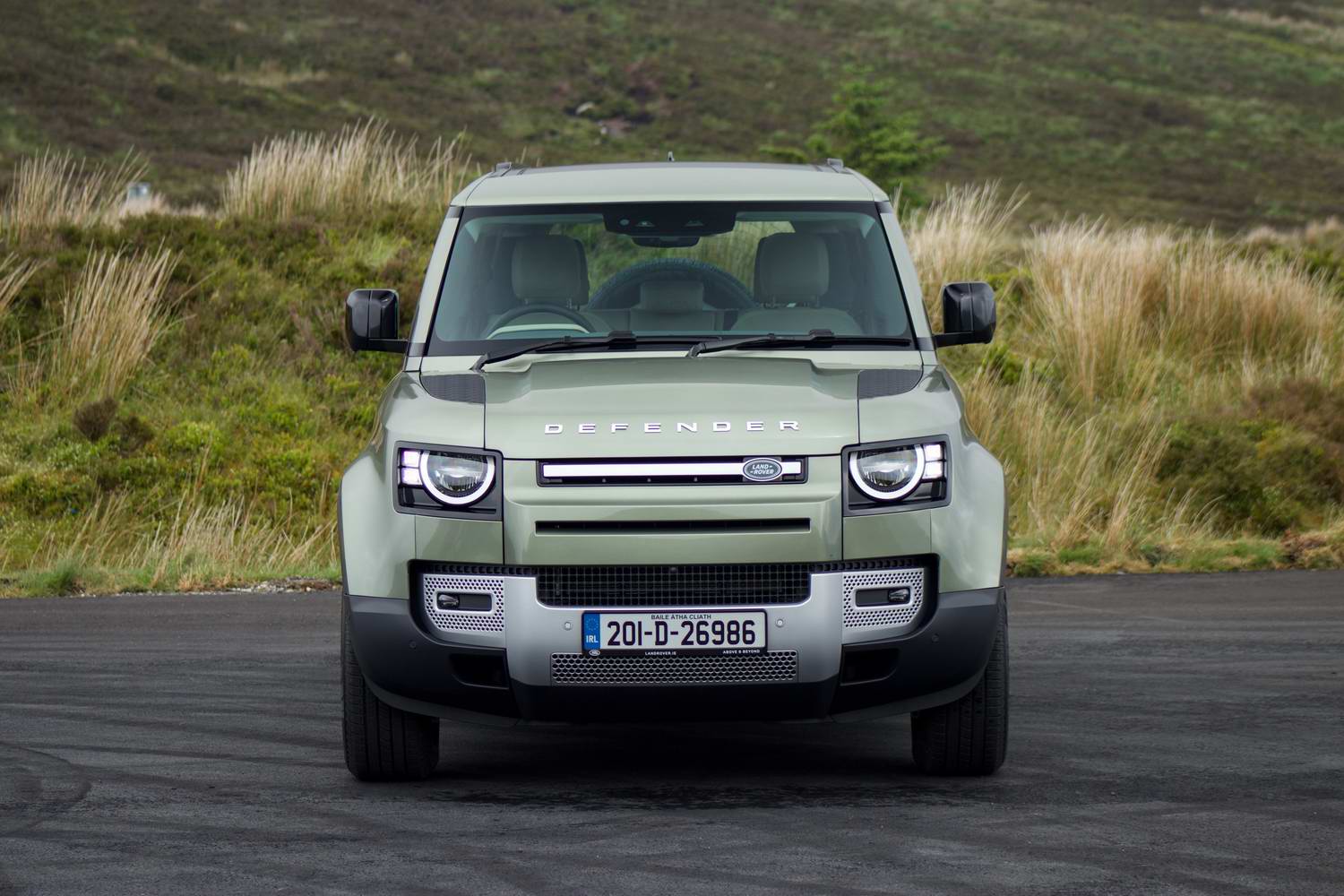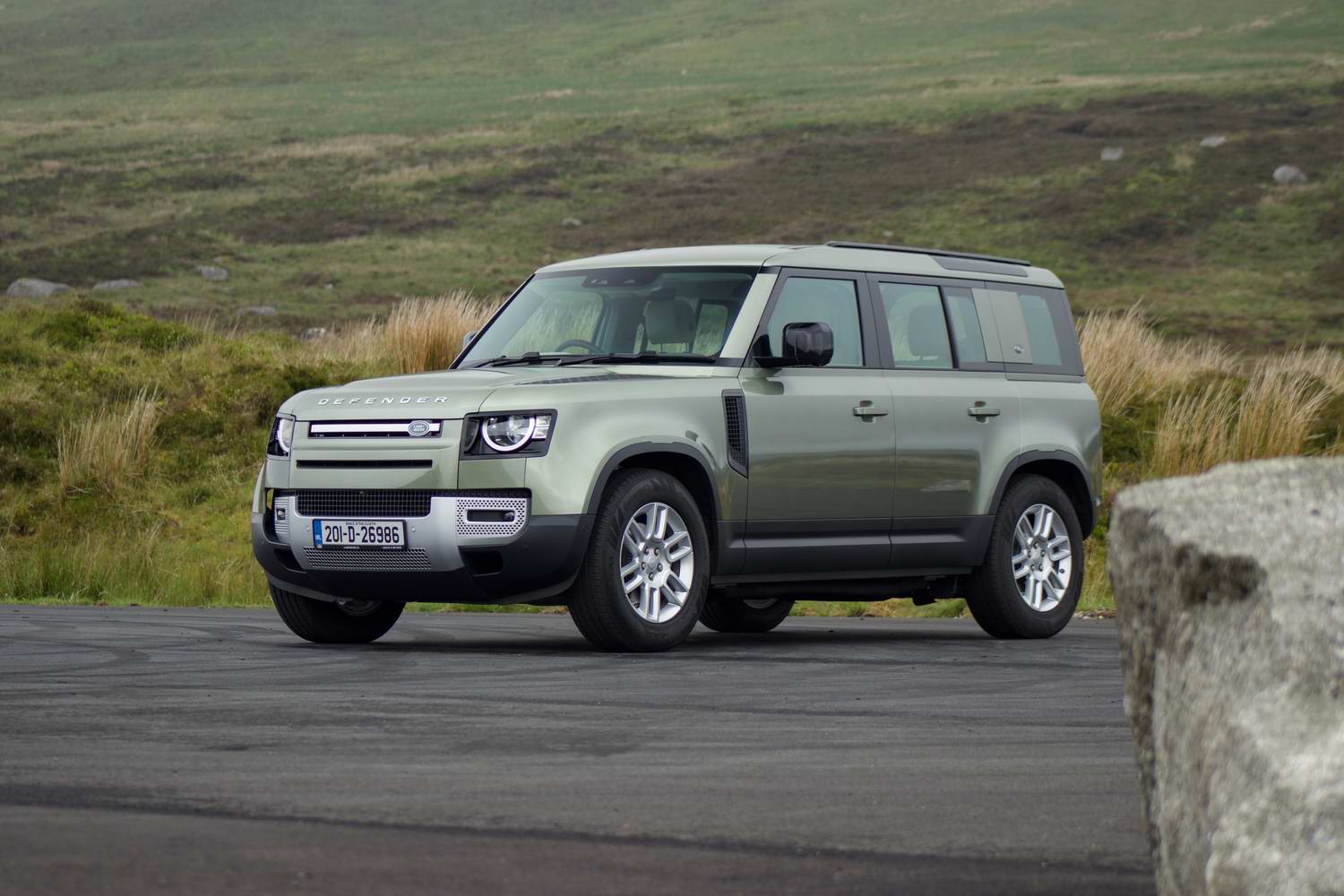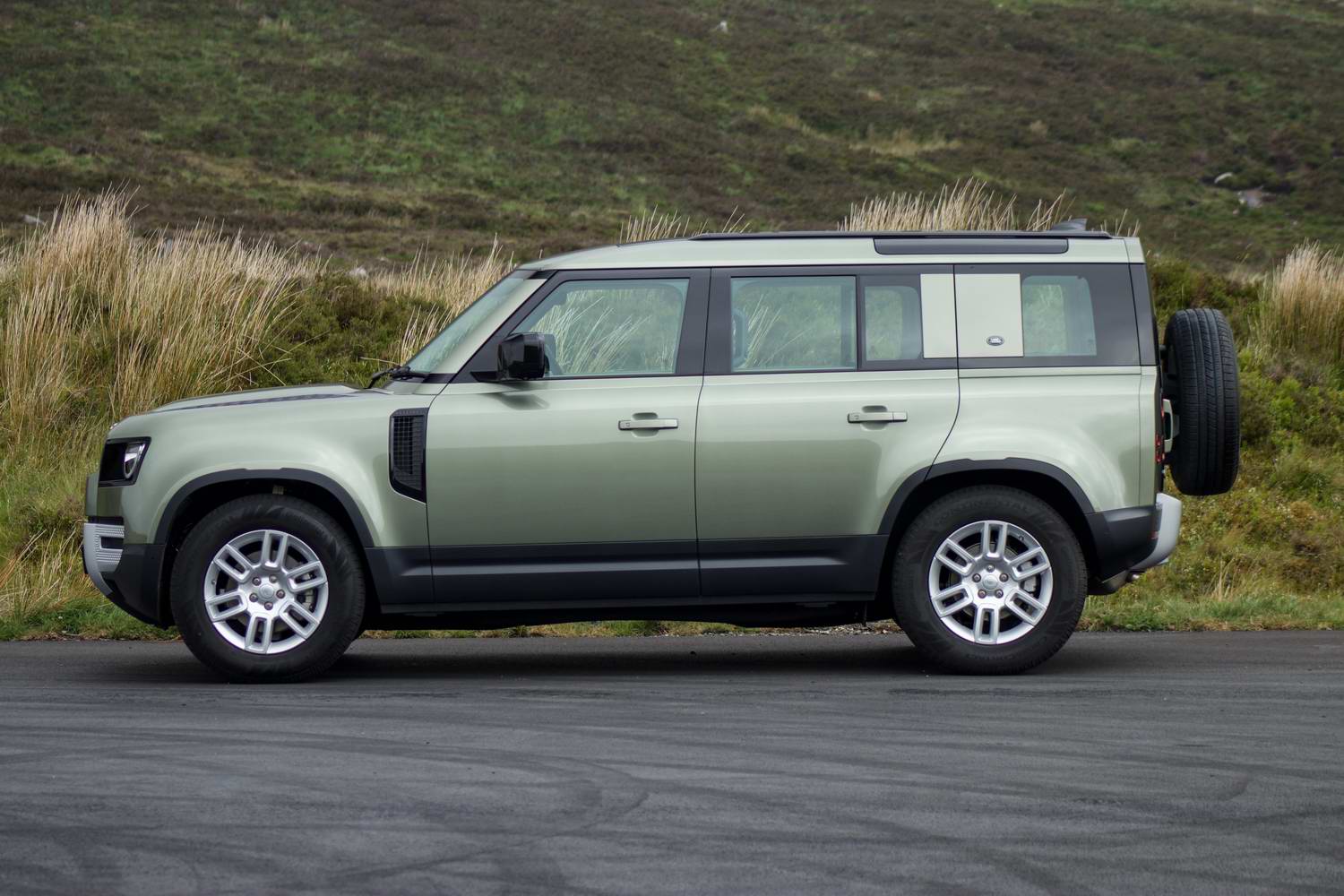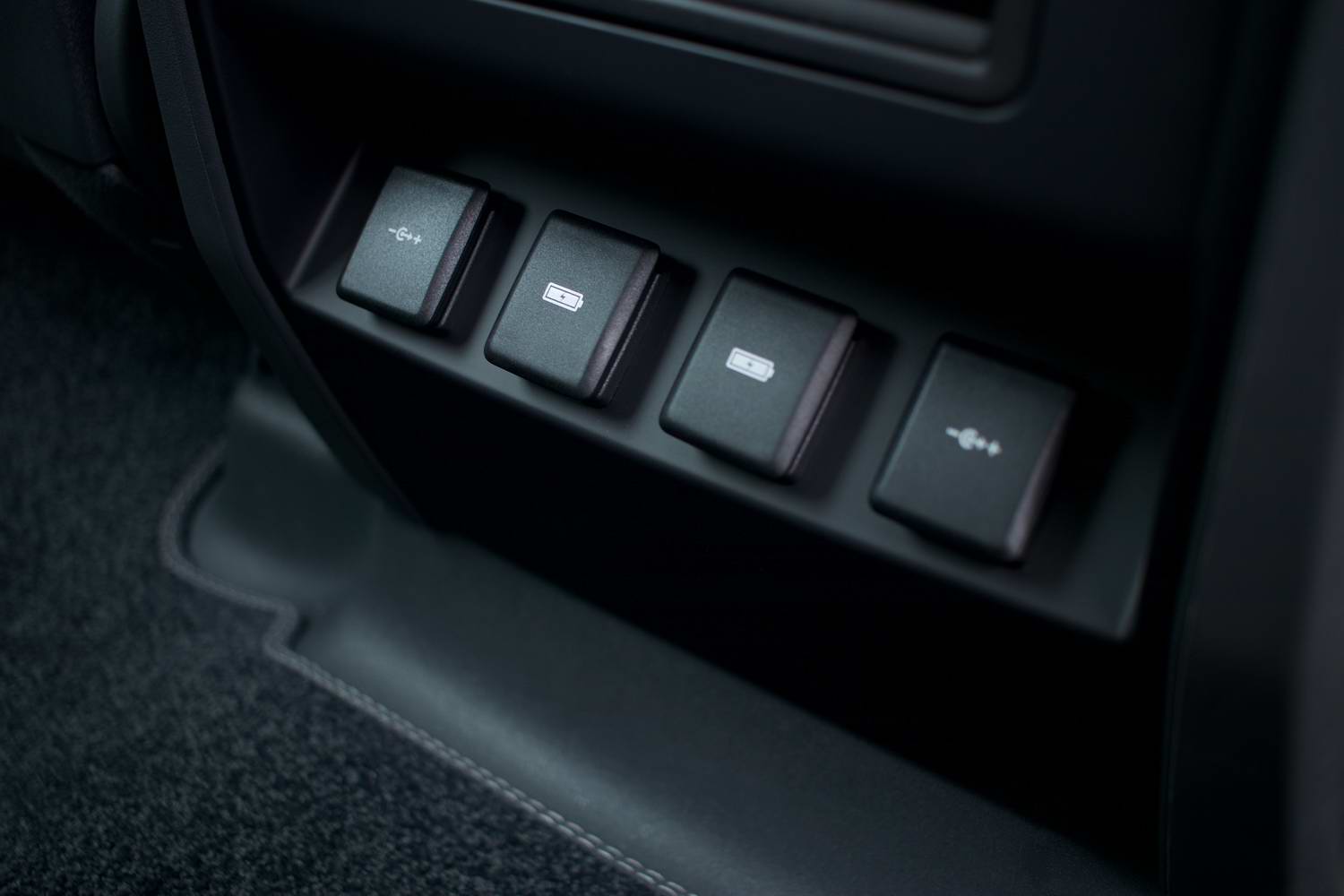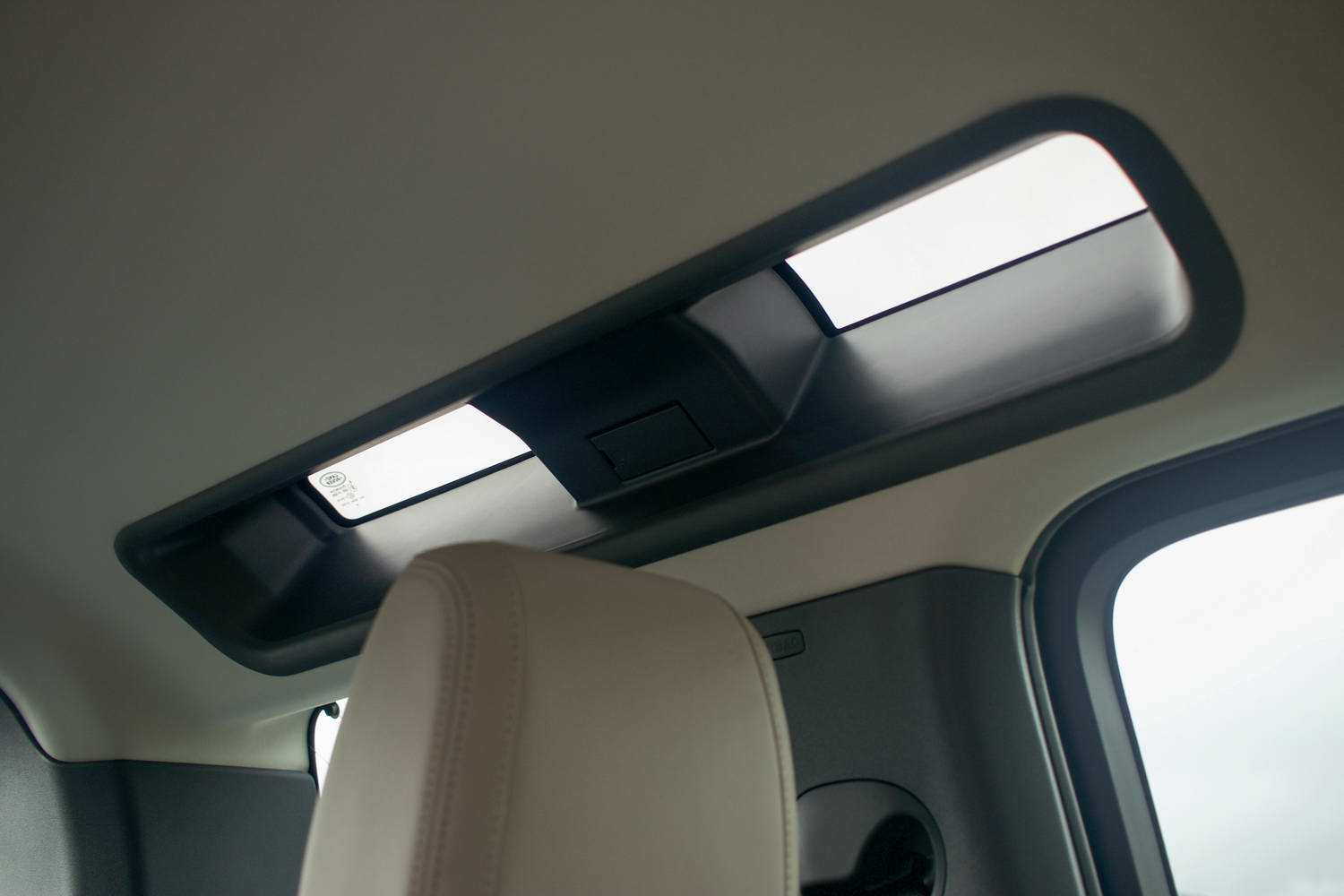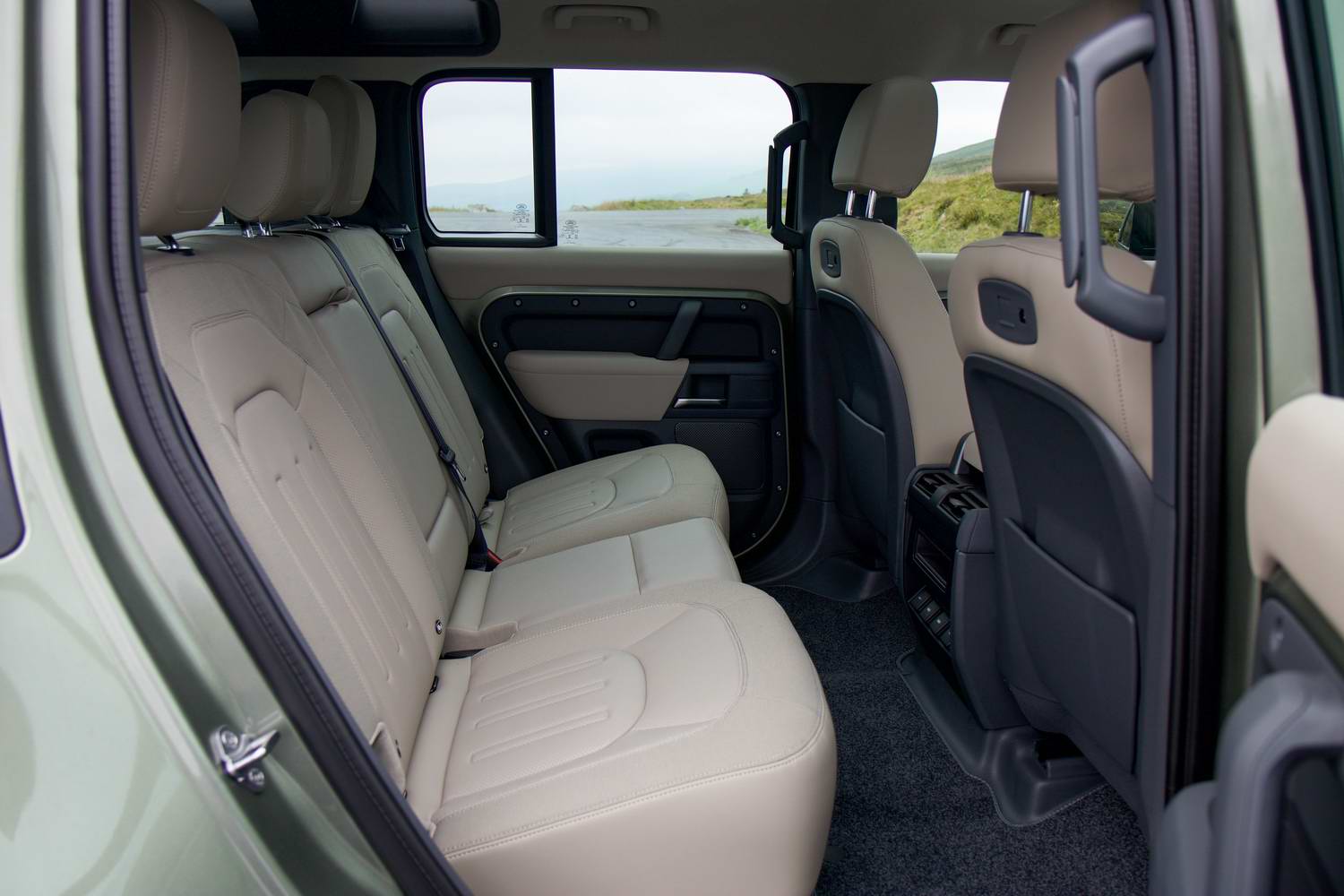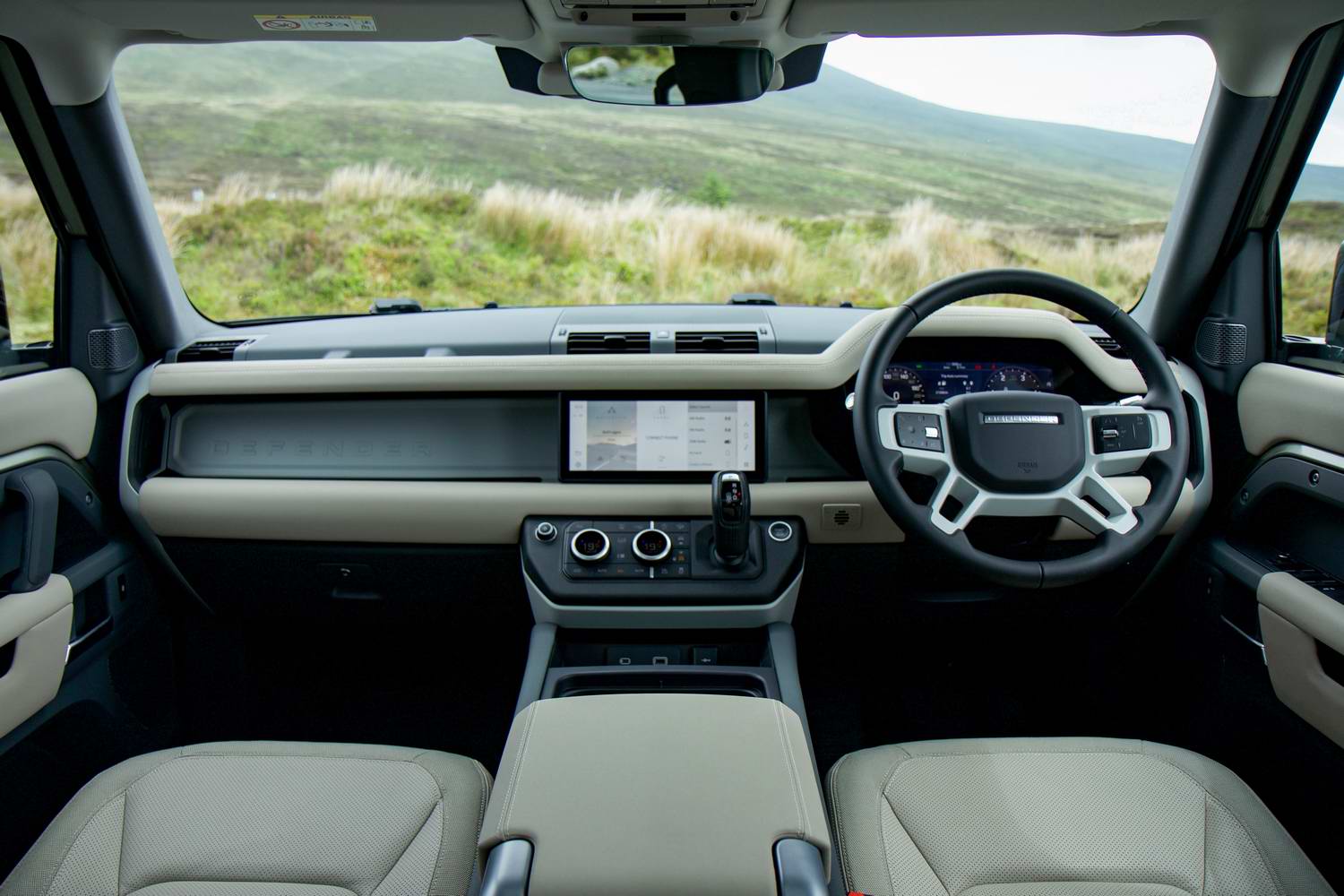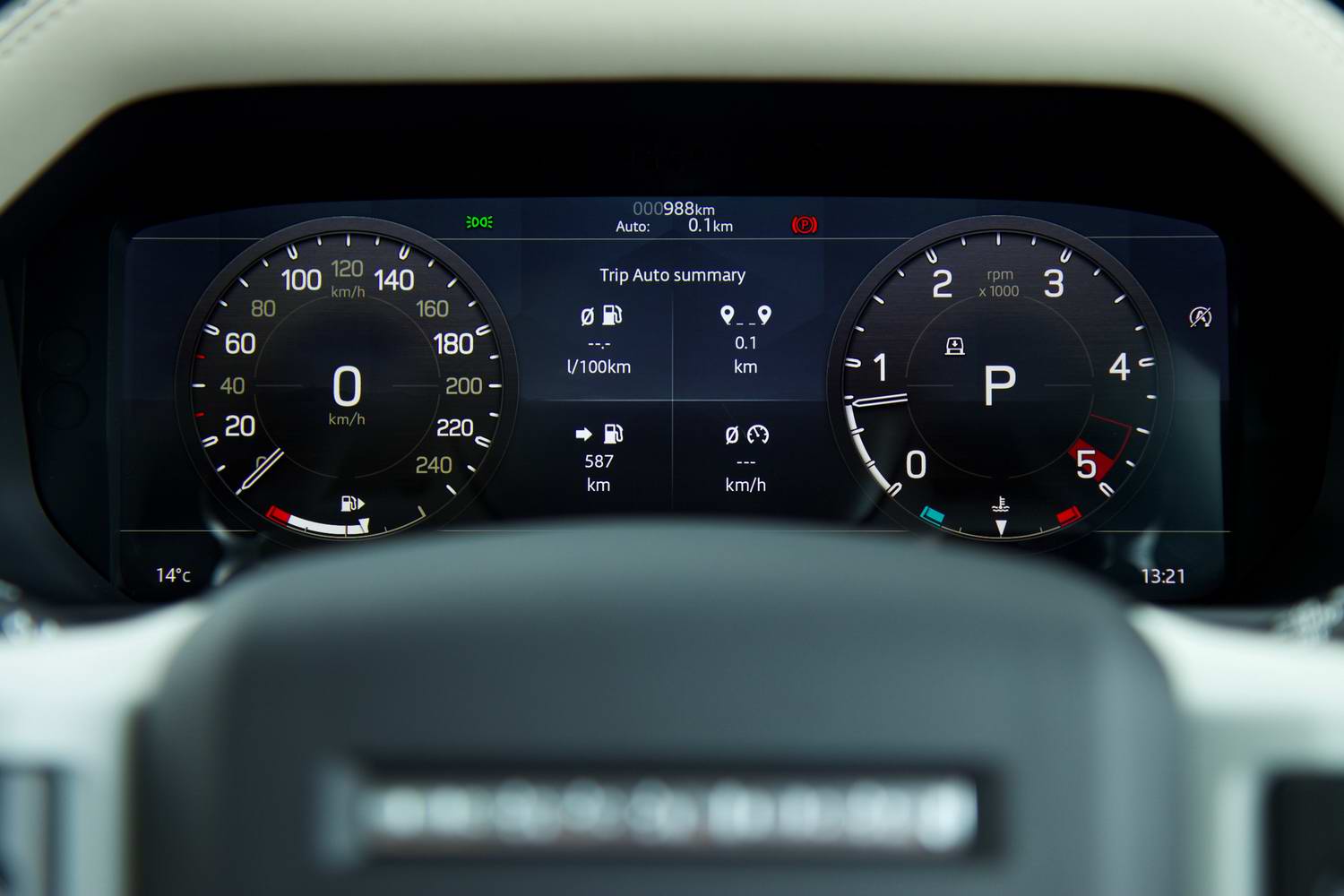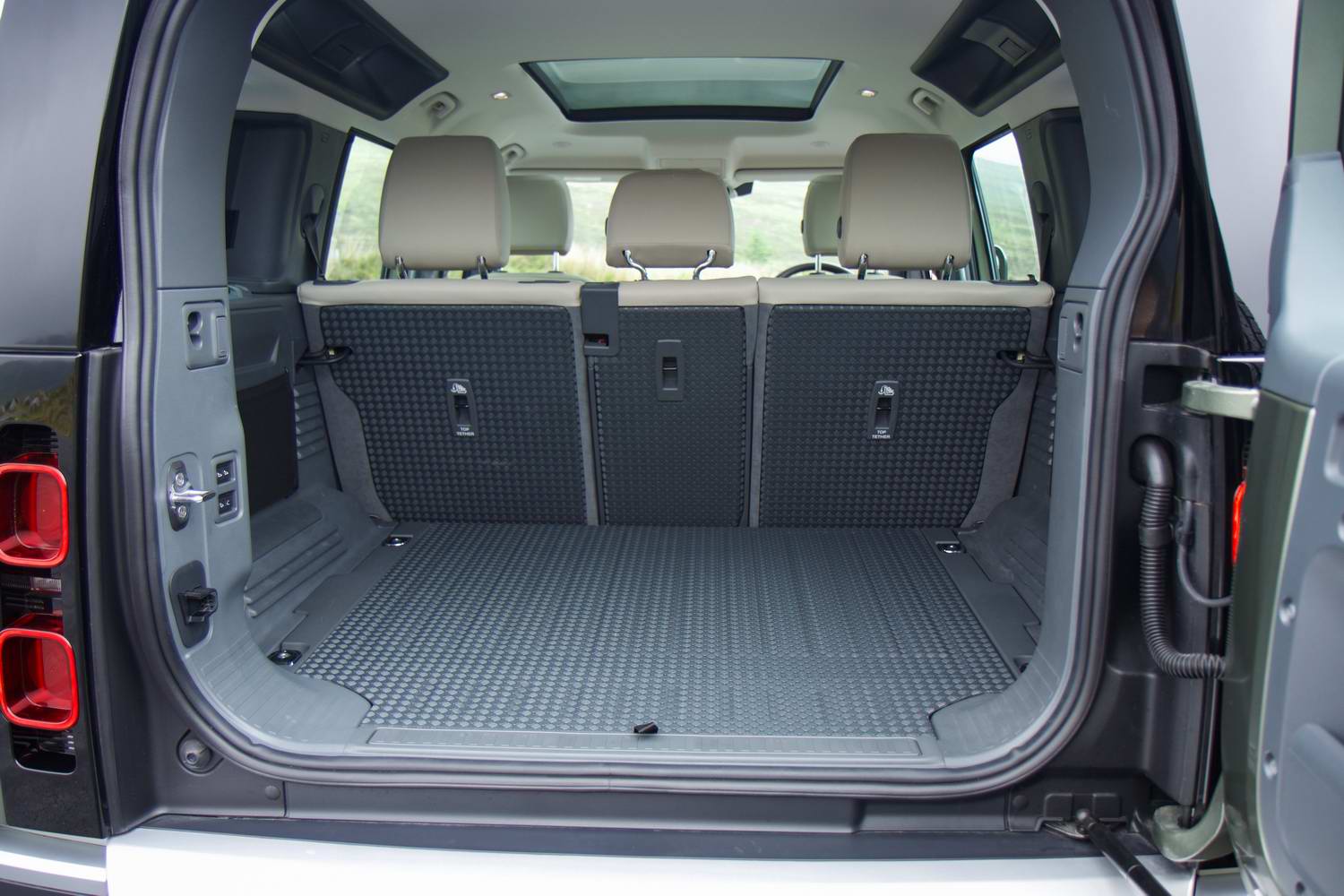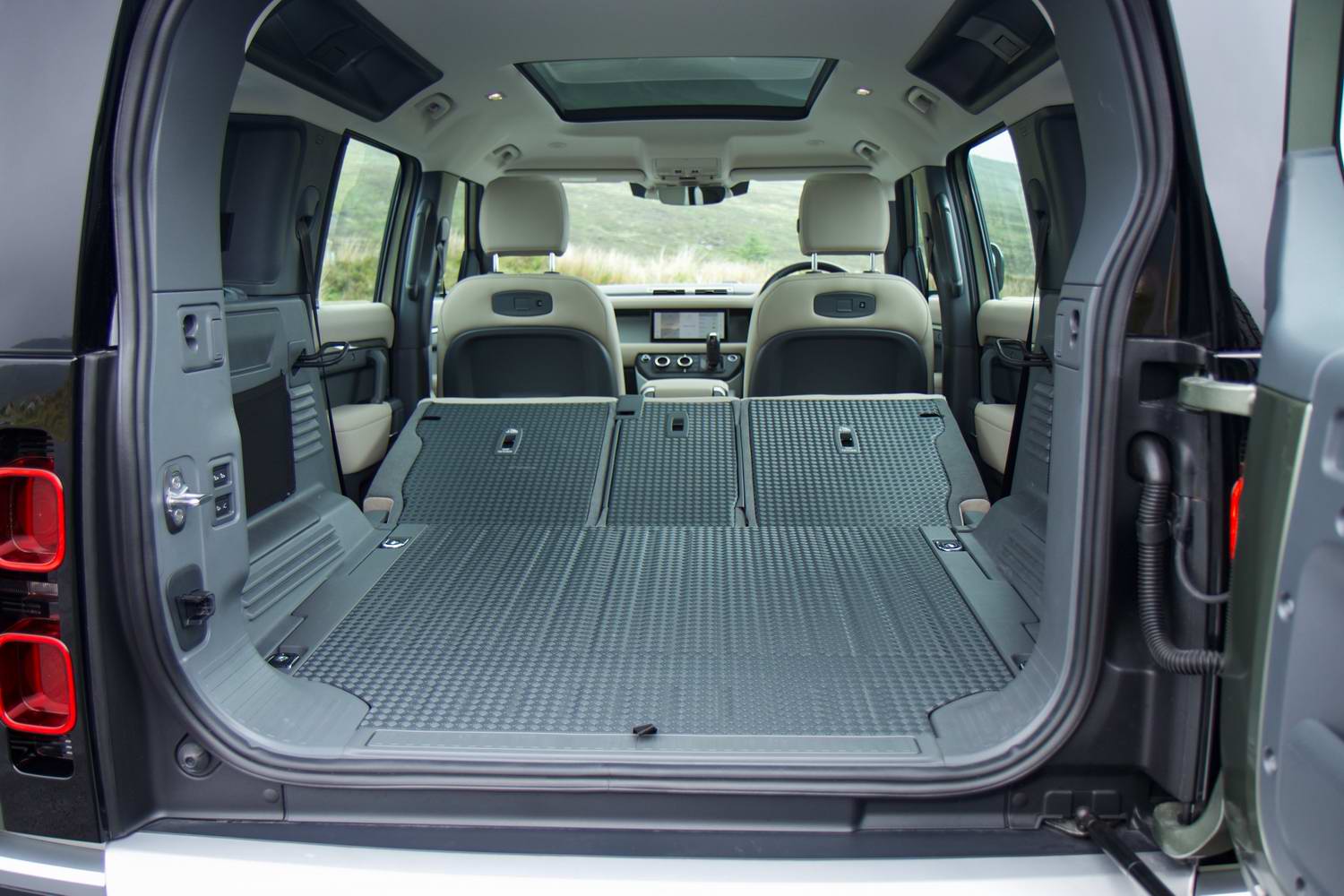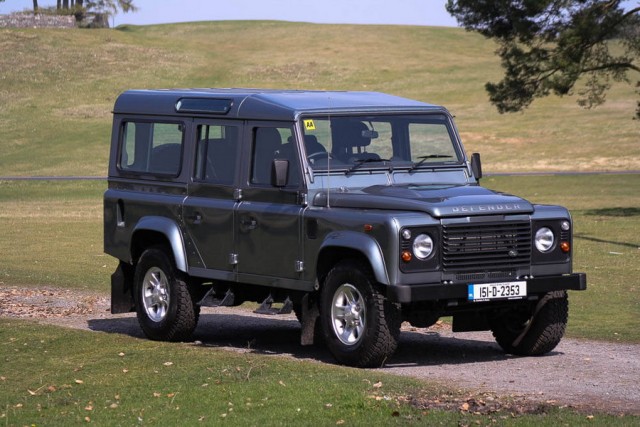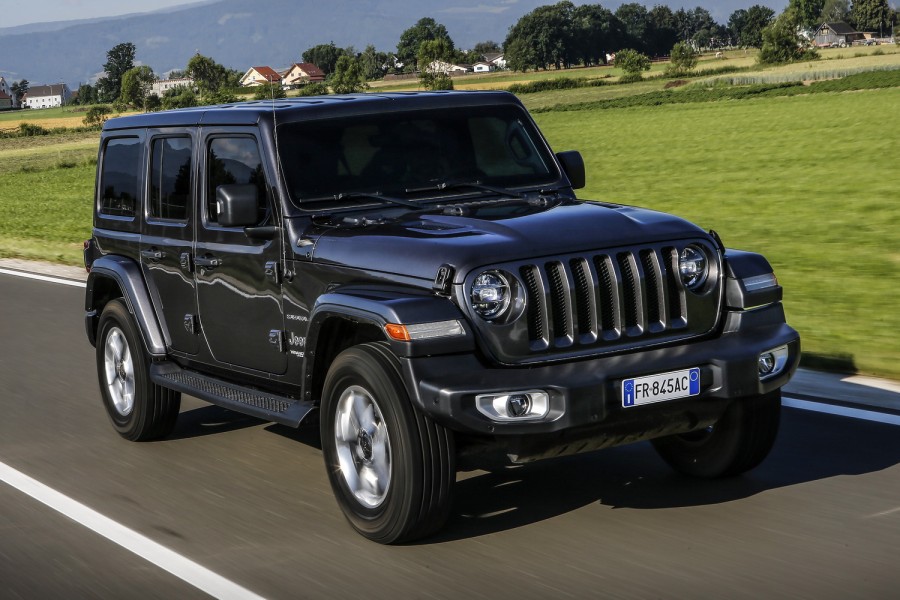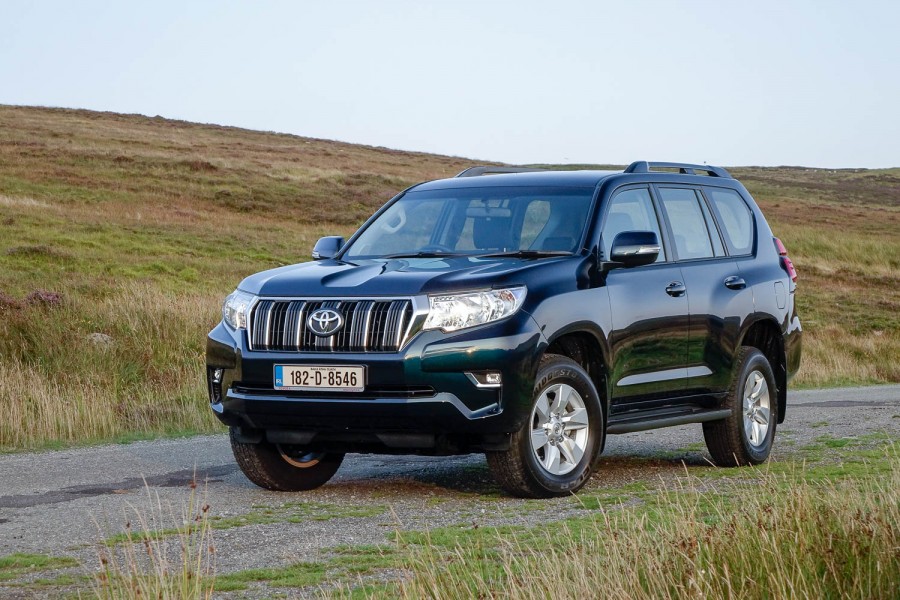At long last, we get behind the wheel of the all-new Land Rover Defender. To be more precise, this is the Land Rover Defender 110 featuring the more powerful of the two diesel engines that are available from launch.
In the metal
The Land Rover Defender is one of the few cars that are widely considered to be iconic. Its shape is as instantly recognisable as that of the original Mini, Fiat 500 and Citroen DS. Even if you don't know much about cars, odds are that you could pick the Defender out in a line-up. When such cars are 'reimagined' for a new era there are always detractors, and purists that claim, "it isn't as good as the original." The Defender is no different in this regard, but there is almost no point in comparing new and old here, as all they share is a name.
This new Defender is for a different type of buyer, a different time, indeed a different purpose. The old Defender was more of a workhorse. You had to lean inwards as you pulled the door shut. The window winder would dig into your leg. And you ran the risk of developing tinnitus if you had to drive any kind of long distance. Yes, it was (and remains) one of the most capable off-road vehicles out there, but now there's a Defender that can do the rugged stuff without the hardship.
For the most part, the styling of the new car is exactly how you might expect a modern Land Defender to look. It's big, tall, blocky and has plenty of presence. Interestingly, it could just as easily be a replacement for the Land Rover Discovery 3. But even if you missed the Defender name proudly splayed out across the bonnet's leading edge there are plenty of nods to the original Defender here, from the side window shape that includes the 'Alpine Lights' in the roof to the spare wheel hanging from the side-hinged rear door. The plastic diamond cut panels on the bonnet are a little naff, though it's not the first time Land Rover has stuck fake plastic bits to its bonnets - remember those faux vents on the Range Rover Sport?
Inside, the Defender is chunky and quite unique. Integrating the handle that you use to hoosh yourself up into the cabin into the end of the dashboard is a neat idea. The layout and look are appealing, right down to the Defender name stamped into the exposed dashboard support beam. Indeed, the interior layout is a mix of utilitarian ruggedness and flashes of premium materials. Some of those harder wearing plastics may be a point of criticism when you look at the overall price, but this is a Defender, remember. If you want soft furnishings, try the Discovery. Personally, I really like the metallic form of the steering wheel's inner section, while other features like the digital instrument display and touchscreen infotainment screen are easy to read, with the latter serving up quick reaction to input and iPad-like screen sharpness and refresh rate.
Interior space for the rear is pretty generous too, with plenty of legroom and headroom along with a fair amount of glazing to peer through. An abundance of charging ports (six just for the second-row seating) should keep even the most gadget-laden passengers happy. In the five-seat version there is plenty of boot space in the rear too. The side-hinged luggage door isn't particularly heavy, even with the spare wheel affixed to the rear, and a decent gas strut prevents it from swinging wildly open. There's even a soft-close function. Land Rover offers an electrically deployable tow bar (a €1,950 option) that is operated by a button inside the boot door. When not in use, it tucks up out of sight. The Defender is rated to pull 750kg unbraked and up to 3,500kg braked. Another handy feature is being able to raise or lower the rear suspension to help with loading bulky items. Like the tow bar it's done via two buttons in the boot and it performs the task reasonably quickly.
Driving it
A commanding view of the road is something that consumers cite as a reason for buying SUVs, and you genuinely do get this in the Defender. It's on a par with the full-fat Range Rover in that regard. Anyone jumping from an old to a new Defender is in a for a huge shock. This is one refined vehicle considering what it is capable of. Surprisingly, the 2.0-litre engine doesn't feel underpowered in this 240hp guise. There's a 200hp version, too, though they both produce the same 430Nm of torque, which is arguably the more important figure here. Over the course of almost 600 kilometres of driving covering every type of scenario (including off-roading) it returned an average consumption of 9.7 litres/100km (29.1mpg), and we'd expect that to improve as the engine beds in - we picked it up with less than 700 kilometres on the odometer.
You can still tell it's a diesel, but it is much more muffled and insulated, sound-wise, than previous JLR Ingenium engines and the combination of all that torque with an eight-speed automatic gearbox means that it comfortably cruises along at higher speeds without straining the engine. Plodding along on a dual carriageway at 80km/h sees the tacho barely nudge towards 1,500rpm for example. Aside from some wind noise, it is fairly quiet in the cabin.
The air suspension isn't a soft and floaty as you might expect out on the open road. If anything, it's a little on the firm side. But that's no bad thing and helps to further differentiate how it drives in comparison to the other models in the Land Rover range. Tip it into a roundabout with any turn of pace and you are swiftly reminded that the Defender is not a particularly sporty vehicle and it can exhibit a fair bit of lean that is amplified on account of its height. The air ride lowers the car at higher speeds and, even if you leave it in its tallest off-road suspension setting, it will lower itself once you pass beyond the 80km/h mark. Unlike its predecessor, which had steering with so much slack in it that you appeared as if you drove like they do in the movies, the new Defender has steering that incorporates enough weight to remind you that this is no city car you're driving.
It is not the largest of its kind out there, but there are times where you do notice the size of the Defender, particularly on smaller rural roads and even on some crowded motorways, where in the latter case you don't have as much leeway when other vehicles start drifting around the lane markings. Rearward visibility is limited as well, due to the bank of three headrests and the spare wheel being bolted onto the rear. You can flip the headrests down, but sitting at the traffic lights you won't be able to see much of the car behind you. The reversing cameras are quite good, though, so parking isn't an issue and you can optionally add the roof-mounted ClearSight rear-view camera that displays an unobstructed view onto the rear-view mirror.
Many Defender buyers may want to try going off-road, and it probably won't come as much of a surprise to discover that the Defender is very much up to the task. There are numerous drive modes that are easily selectable, depending on the type of terrain you'll be tackling. Noticeably short front and rear overhangs give the Defender approach and departure angles of 38 and 40 degrees respectively and, even on road-biased tyres and moist conditions it makes light work of trails, climbs and descents. Then add into the mix the rest of the driver assistance systems like Terrain Response and the excellent camera system and the Defender can give a lot of confidence to the less experienced off-road driver. In reality, we suspect that few Defenders will ever have their off-road credentials challenged by owners, but the few that do will be impressed.
What you get for your money
Land Rover will offer two body styles for this model. The two-door, shorter wheelbase Defender 90 will follow a few months after this 110 version. In time there will also be commercial versions of both that will qualify for the applicable tax benefits and lower rate of annual motor tax. There are four engines to choose from initially, including two 2.0-litre turbocharged four-cylinder diesels with 200- and 240hp, respectively. The petrol offering consists of a 300hp 2.0-litre turbocharged four-cylinder and a 400hp six-cylinder that also has 48-volt mild hybrid electrification. All versions run an eight-speed automatic transmission with all-wheel drive.
There will be five specification grades available: the standard Defender, then S, SE, HSE and X, in addition to a loaded First Edition that will run for the first year of sale. The Defender First Edition is only available with the SD4 240 diesel and 3.0-litre petrol engines, while the range-topping and more off-road themed Defender X model only gets the 3.0-litre petrol option. These engine combinations apply to both the 90 and 110 body styles.
The entry point Defender model gets 18-inch steel wheels (arguably the coolest), LED headlights, air suspension (standard on all 110 models), a 10-inch infotainment display, all of the off-road hardware including driver assistance systems and a walk-through style cabin up front. With the jump up to Defender S (the model tested here) there are 19-inch alloy wheels, a 10-inch driver display, part leather seats and automatic high-beam assist.
Spend a further €6,560 to move to Defender SE and you gain upgraded headlights with the LED daytime running light signature, front fog lights, keyless entry, body-coloured door handles, 20-inch alloy wheels, the ClearSight rear-view camera, an electrically adjustable steering column, fully electrically adjustable front seats including an additional ISOFIX point, Meridian sound system and additional driver assistance systems in the form of Blind Spot assist, Clear Exit monitor and Rear Traffic monitor.
Buyers of the HSE version gain a panoramic roof on the 110 and a sliding fabric roof on the 90. LED Matrix headlights become standard, as do 20-inch alloy wheels with a dark finish. More leather inside and heated and cooled front seats add a greater degree of luxury. Then if you go all-out for the Defender X you get a black contrasting roof and bonnet with orange brake calipers, smoked rear lights and black exposed rear recovery eyes. Similar darkened 20-inch alloy wheels round off the menacing look. Inside there is Windsor leather, a head-up display and panoramic roof, while the off-road capabilities are enhanced with more configurability, an electronic active differential, adaptive dynamics and you get air suspension as standard if you're ordering the 90.
The Defender isn't a cheap car even when you look at the lower end of the spec options and, when you begin adding options, the Defender can quickly become expensive. In this moderately low spec, it still tips the scales beyond the €90,000 mark, some €9,290 of which was options like the Pangea Green paint (€1,555), sliding panoramic glass roof (€2,985) and the electric tow bar (€1,950). Even adding keyless entry is €1,320. Sure, retail price is not always the same as transaction price, but still, this is one pricey car. The future arrival of commercial variants and a plug-in hybrid version should be better news to buyers.
Summary
The new Defender is undoubtedly one of the most accomplished vehicles that Land Rover has turned out in some time. It's refined enough to spend hours on the motorway, engaging enough on other roads and one of the best chances of avoiding being stuck somewhere when conditions deteriorate. It instils the feeling that you can do the weekly shopping in Aldi and then head straight to the Namibian wilderness. This is very much a Land Rover Defender for the modern era.

